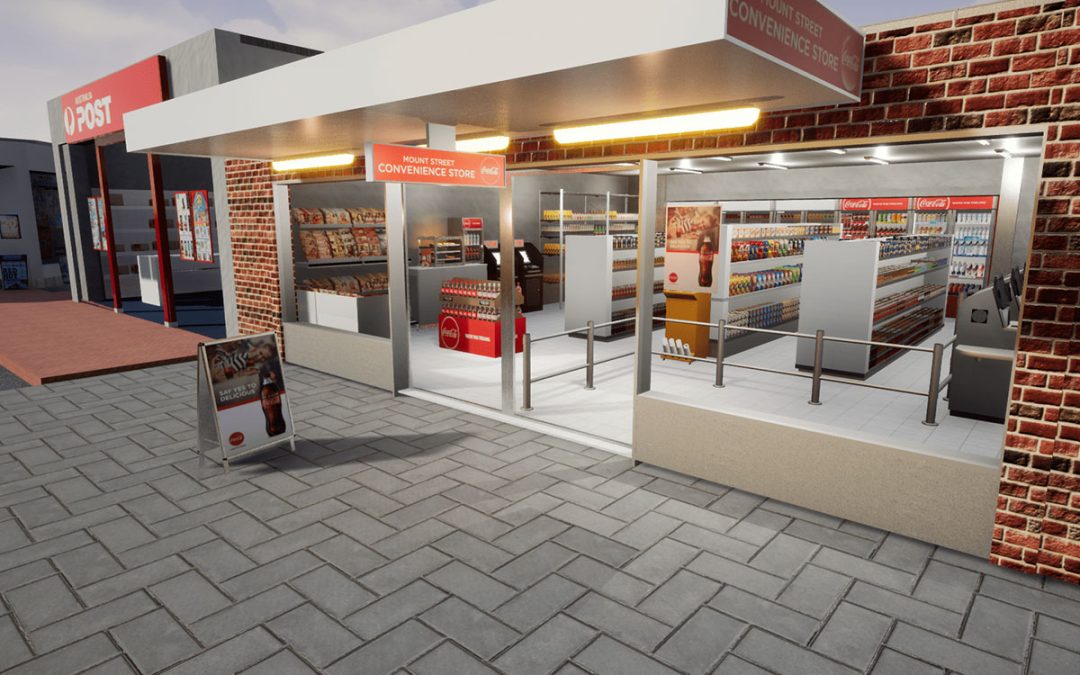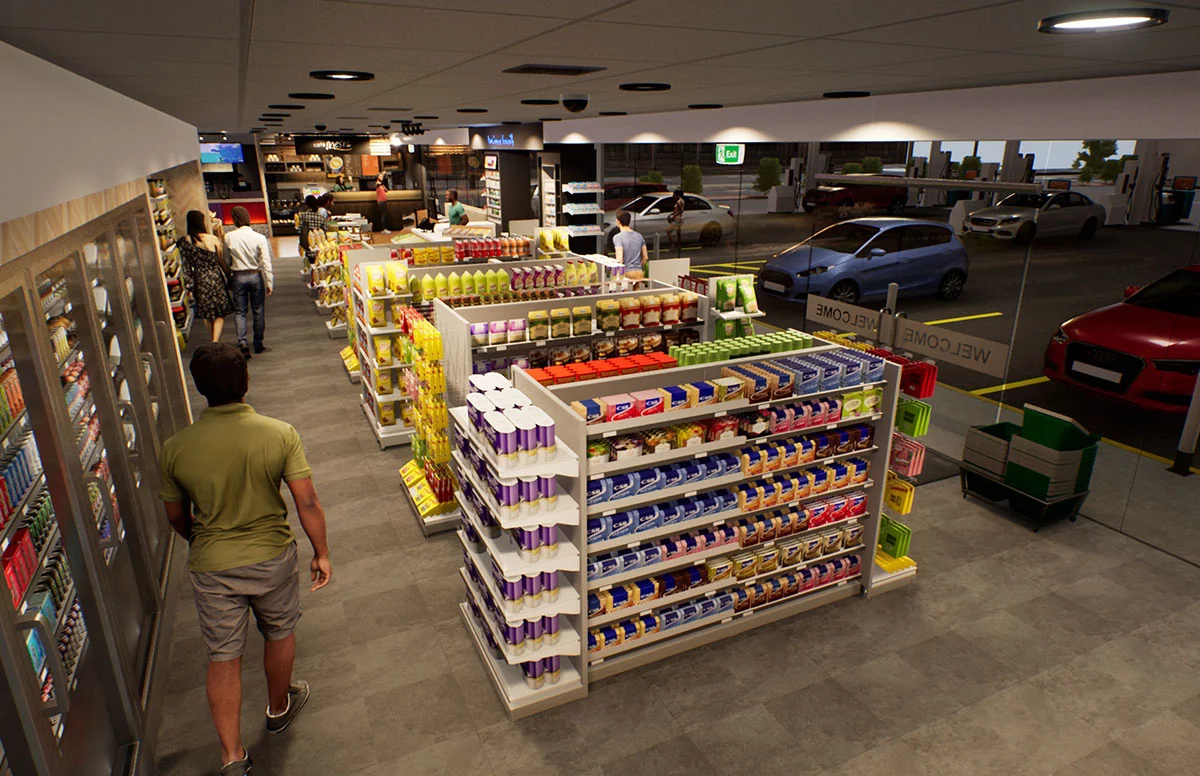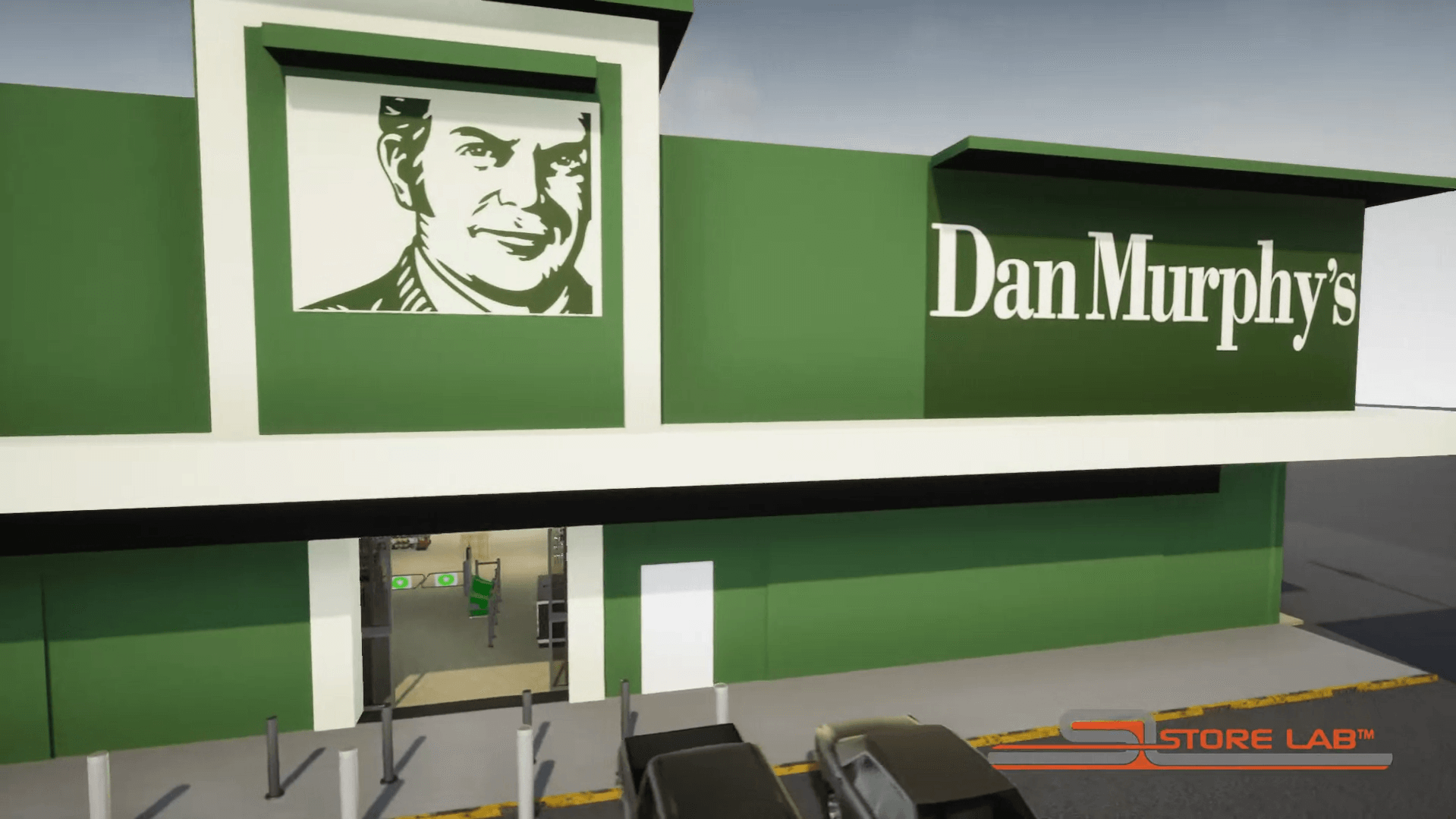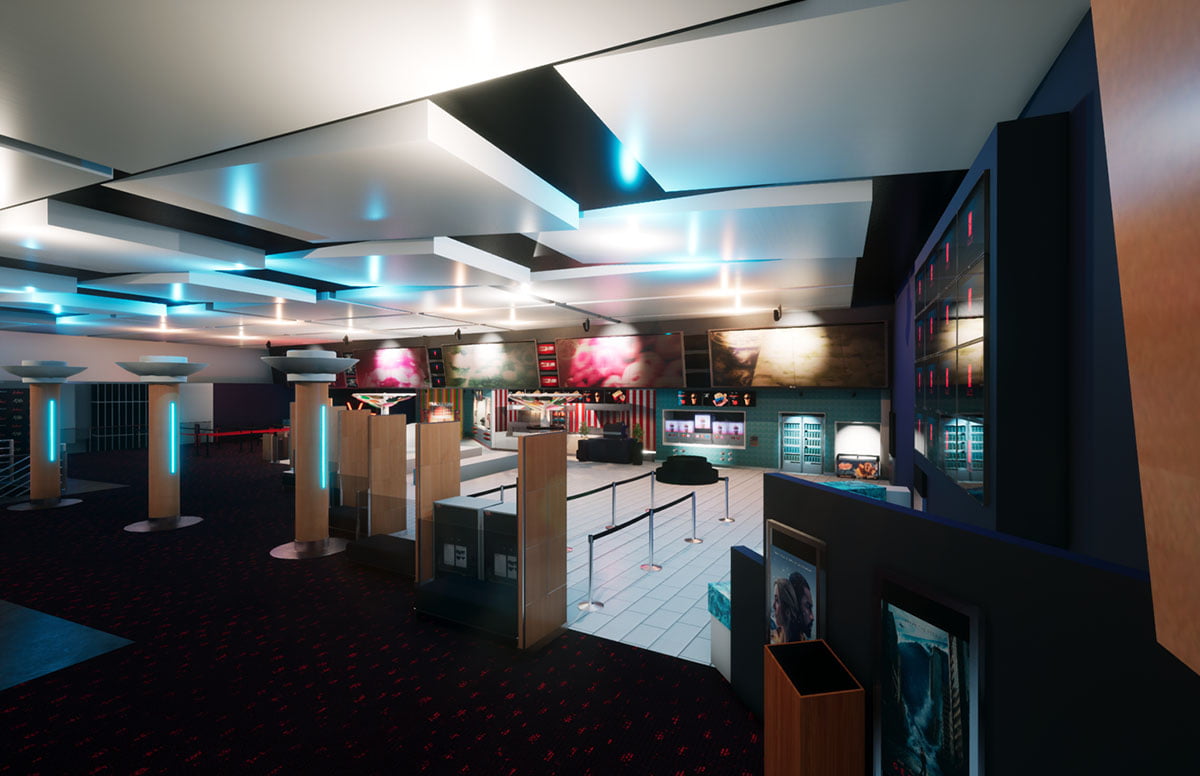How Digital Twins Are Transforming Retail Space Design
This guide explores what digital twins really are in the retail context, why they’re becoming essential, and how StoreLab is enabling retail teams to turn store data into strategic design decisions.
What Is a Digital Twin in Retail?
A digital twin in retail is a dynamic, virtual replica of a physical store. More than a static 3D model, it connects with real-time data and operational inputs to simulate:
What is a planogram?
A planogram is a visual representation of product placement on shelves. Retailers use it to ensure space is used effectively, merchandise is displayed consistently, and sales potential is maximised. Learn more about improving product visibility with shelf simulations.
Why Retailers Are Turning to Digital Twins Now
Retailers face greater pressure than ever to get store format decisions right the first time. The margin for error is shrinking. Here’s why digital twins are gaining momentum:
Speed to market pressures: Format changes need to happen faster, especially across large networks.
Rising cost of design errors: Mistakes in physical layout or merchandising can be expensive to fix post-rollout. See how others are cutting retail design costs through simulation.
Data-led decision-making: Retail teams are prioritising tools that link design choices to shopper data and sales performance. Behavioural insights and retail research are key to informed design.
Scalability: Digital twins make it easier to roll out and refine formats consistently across multiple store types and regions. Execution support for national rollouts ensures consistency across networks.
Practical Use Cases for Retail Teams
Digital twins are being used at every stage of the retail design process. Key applications include:
Testing retail layouts pre-rollout to evaluate customer flow, fixture placement, and conversion impact.
Previewing planogram compliance and signage placement across different store footprints
Trialling promotional displays to identify high-traffic zones without physical trial and error
Aligning internal stakeholders such as operations, marketing, and VM, by using shared digital environments
With collaborative store planning tools, retail teams can interact live inside a digital twin and fast-track decisions across departments.
Digital Twin vs VR Store vs 3D Planogram: What’s the Difference?
It’s important not to confuse digital twins with simple 3D renderings. Here’s how they differ:
Digital Twin: A data-driven, interactive model of a real store. Links with operational systems. Enables testing, analysis, and simulation.
VR Store: An immersive experience of a virtual store. Ideal for concept exploration and stakeholder engagement. Explore our guide to virtual reality store design.
3D Planogram: A shelf-level visualisation showing product placement, but with limited interactivity and no broader store layout insights.
Ready to Unlock the Power of Digital Twins?
Explore our simulation and collaboration tools.






